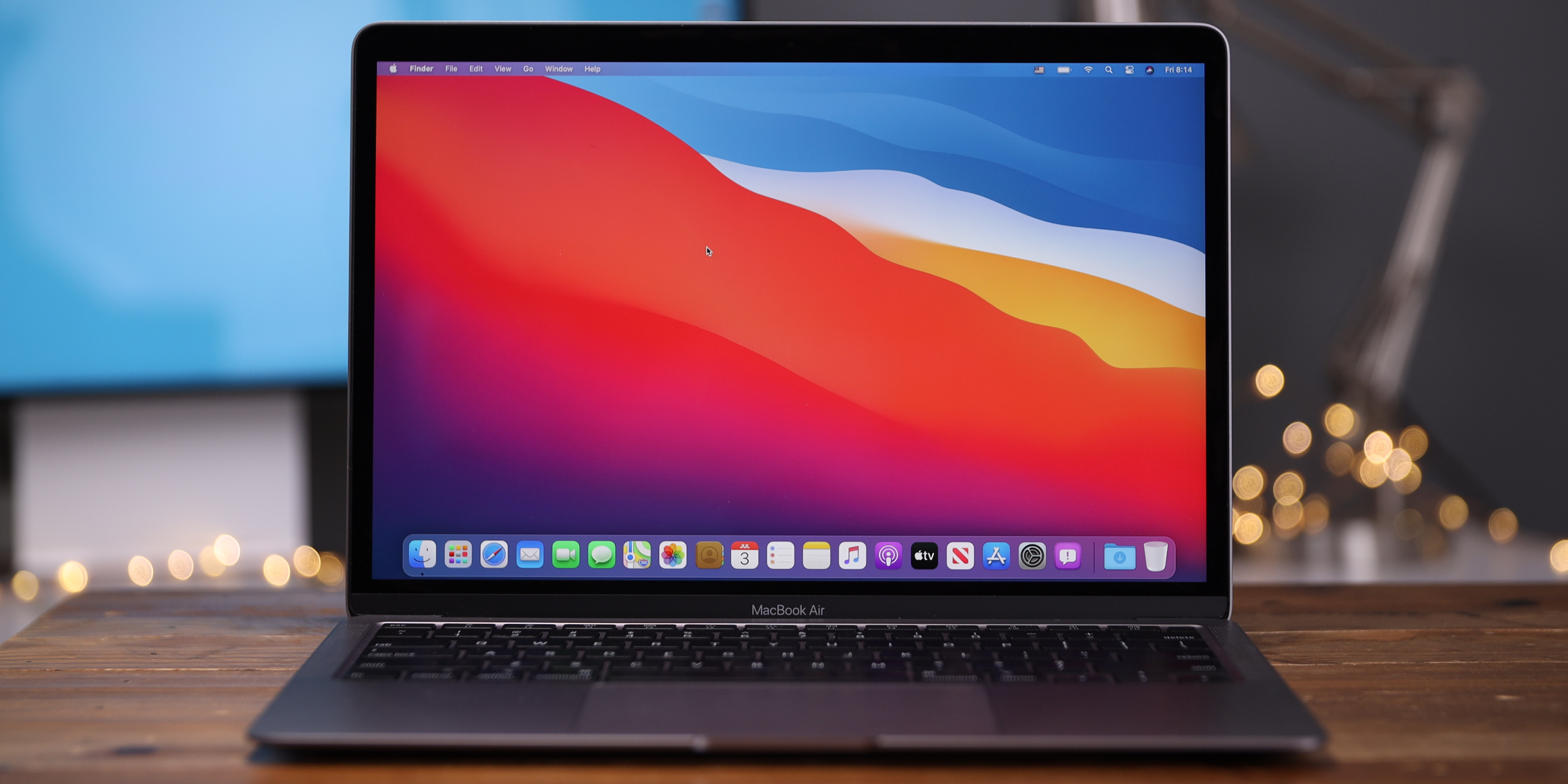
In 2005, Laurianne McLaughlin produced a piece published by the publisher of all things Apple,, attempting to explain why Apple decided to go with Intel and not other providers. In his keynote address at the 2005 conference, Jobs posed a question: "Why are we going to do this?" He provides the answer, "Didn't we get through going from OS 9 to OS X? Isn't the business great right now? Why do we want another transition? Because we want to make the best computers for our customers going forward." On June 6, 2005, at the Worldwide Developers Conference (WWDC), Steve Jobs, the then Apple CEO, announced Apple's transition away from using PowerPC microprocessors. From 1995 to 2005, Apple went with PowerPC processors, developed in collaboration between Apple, IBM, and Motorola. The last Mac to use these CPUs was the PowerBook 190 in 1995. Mac computers would continue to use the different versions of the Motorola 68000, with increased speeds and efficiency over the years. When the first Mac computer (the Apple Macintosh) hit the market in 1984, it ran on a Motorola 68000 central processing unit (CPU).
#Macos big sur update software#
Our focus is mainly on the Mac booting problems, the software incompatibility issues, lack of NTFS (NT file system) writing capability, and other issues faced by Mac users after switching to the latest macOS update.

We will then identify some of the challenges faced by Mac users following the update, and how these users can mitigate some of these challenges using some products available in the market.

We briefly introduce the latest macOS update, how it is performing, and its impact on the Apple Ecosystem. The article will begin by providing a summary of the history of the Mac and processors, and the reasons why Apple decided to make their own chips and run macOS on those chips. In this article, we answer the above question.
#Macos big sur update for mac#
Apple called it "the next major release of macOS, which delivers its biggest update in more than a decade, and includes technologies that will ensure a smooth and seamless transition to Apple Silicon." But what does this switch mean for Mac users? In the same press release, the tech giant also introduced the macOS Big Sur. In a Jpress release, Apple announced the Mac transition to Apple Silicon. The Latest macOS Update and Implications for Apple Ecosystem

Apple introduced macOS 11 Big Sur, the next major release of macOS, and begins shipping new Macs with its own custom Apple Silicon processors instead of Intel chips.


 0 kommentar(er)
0 kommentar(er)
